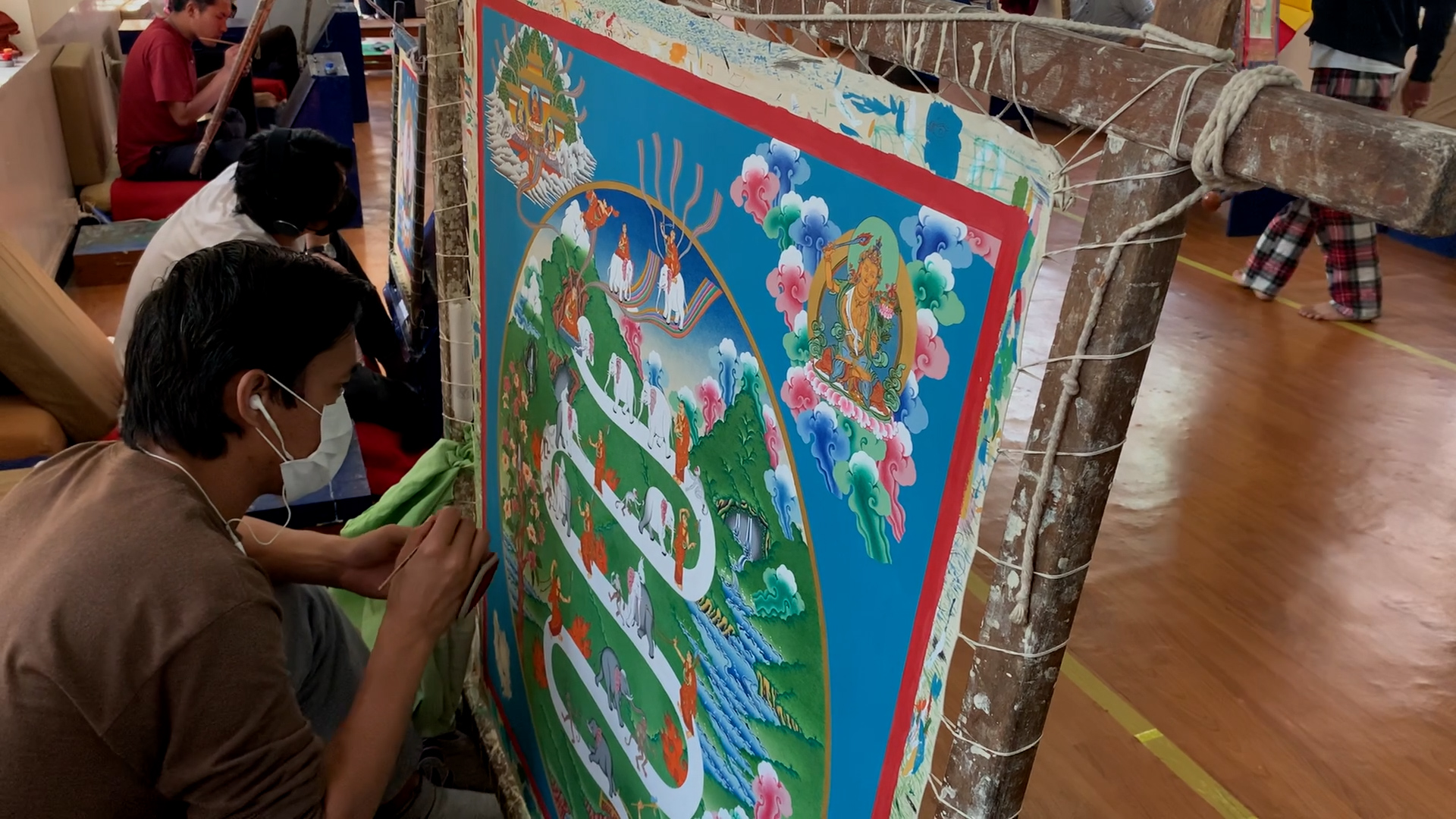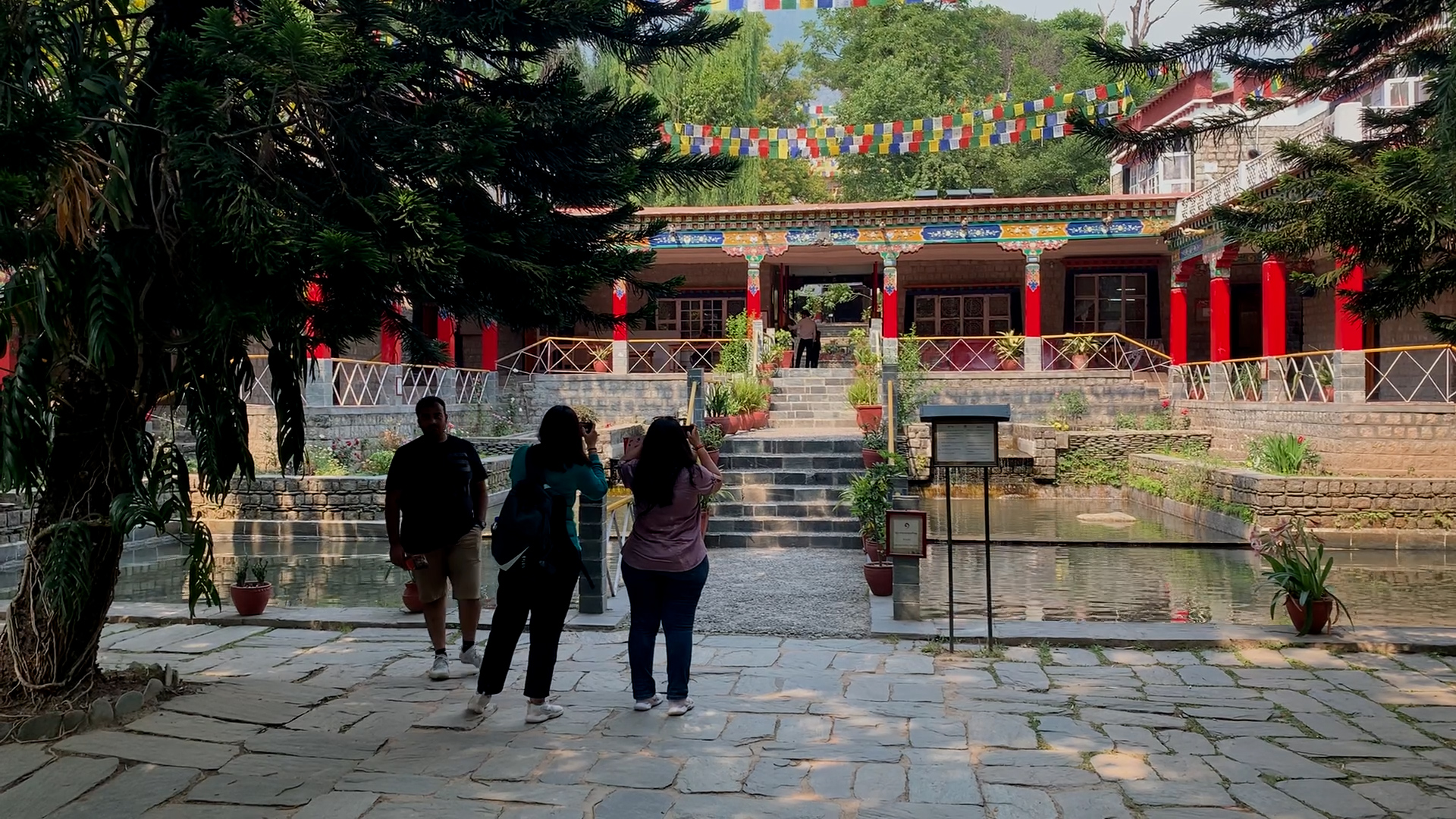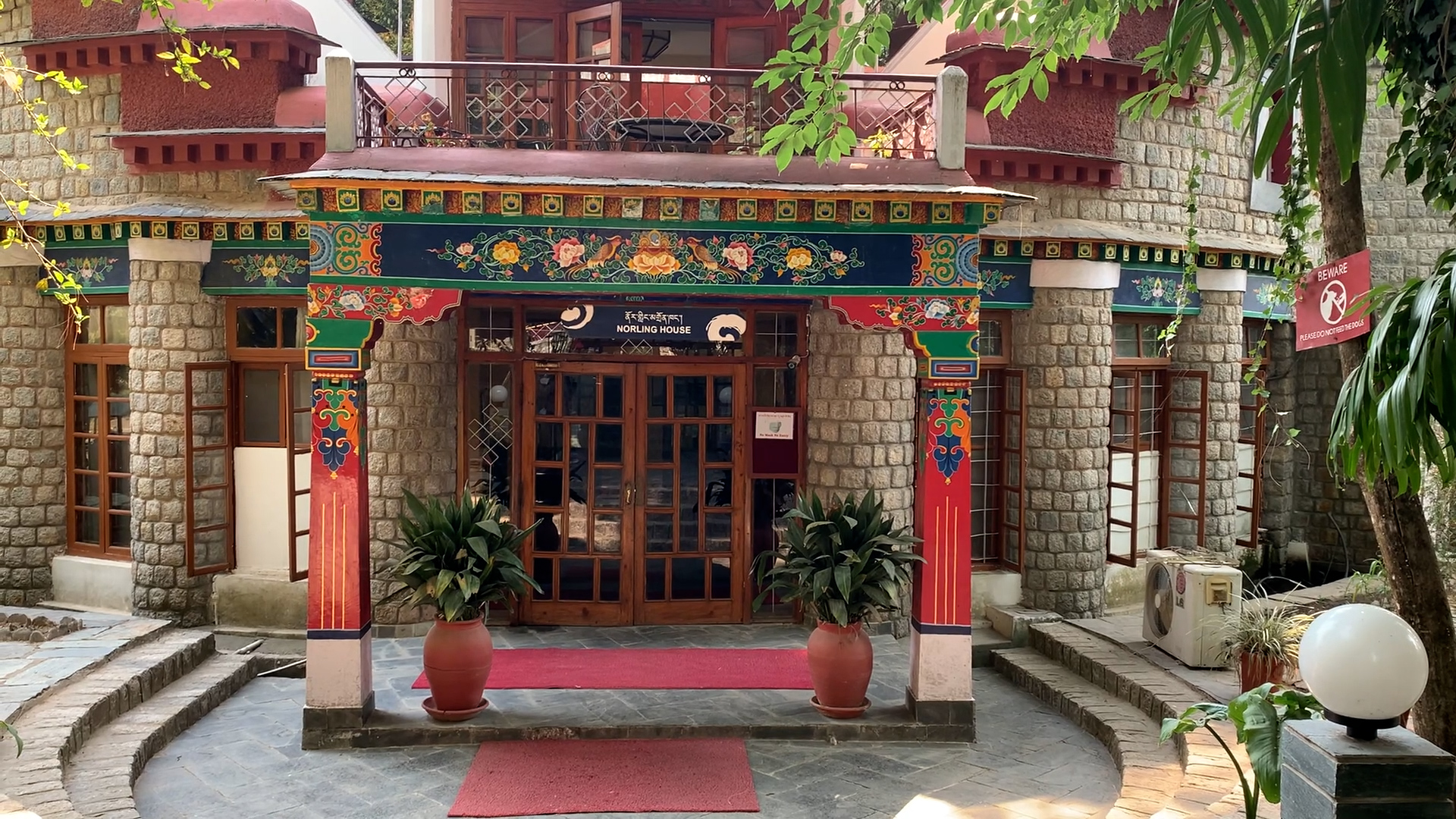DHARAMSHALA: Tibetan artisans after fleeing Chinese rule in Tibet are struggling to preserve their art and its identity. However, painters, carpenters, tailors, chefs, handicraft experts, and many other artisans from different streams have found a place called Norbulingka Institute situated at Dharamshala in Himachal Pradesh.
This is the place from where artisans are keeping the Tibetan struggle to fight against the second largest economy of the world – China – alive.
Thrinley Dorjee, who is now handling the restaurant here that serves Tibetan dishes, says that he was six year old when he fled from Tibet to India. “I was in touch with my parents till 2010, but now I don’t know about their whereabouts. I have no source that can connect me with them in Tibet. I came to India with one of my uncles in 1994,” he said.

Tsering Phunstok, who manages the human resource management for this institute, stated that when Tibetans arrived in India, the Indian government helped in many ways but there was no place where Tibetans could preserve their identity.
“This institute provides a sense of purpose to Tibetan artisans who are seeking a space to contribute to the Tibetan struggle against China,” he said.
Norbulingka Institute not only provides shelter to Tibetans living in exile but has also helped them to promote and protect the age-old Tibetan art and culture.

The artisans are presented with an opportunity to showcase their products to tourists from across the globe. The products are also exported to European and American countries. Norbulingka has become the epicentre of their lives and livelihood.
Tenzin Lahmo, who has been working in this institute for the last 20 years, said that they export the final products across India and foreign countries.
Tibetan art in India is immensely propagated owing to the large number of refugees indulging in creative pursuits.
Therefore, visitors to Norbulingka are not restricted to just tourists, but also students from institutes like NIFT who arrive here to understand Tibetan art. The institute also trains people who are interested in various Tibetan art.
Norbulingka exemplifies all that and more in a country that has stood rock-solid behind dreams and aspirations of Tibetan refugees. A source of livelihood through undying art, a life of respectability to keep life going and recognition worldwide as safe keepers of a heritage and culture that they have vowed will never die is what Norbulingka represents in the true sense.

